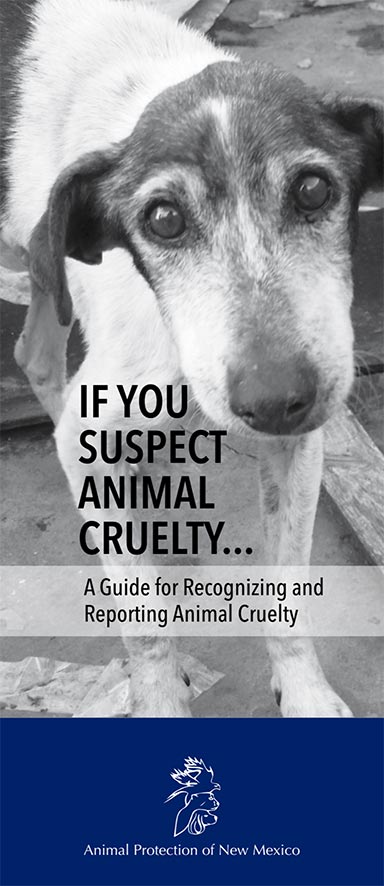In an era where awareness of animal cruelty is increasingly underscored, the ability to document such acts becomes a pivotal tool for advocacy. Recognizing and reporting domestic animal cruelty is not only about witnessing the painful realities that many animals endure; it is equally about arming oneself with knowledge and evidence that can catalyze change. Capturing domestic animal cruelty on camera may seem straightforward, yet it demands an understanding of both technical approaches and ethical considerations. This guide aims to provide an extensive overview of how to document such occurrences effectively, ensuring that the evidence collected is admissible in potential legal proceedings.
Begin by familiarizing yourself with the indicators of animal cruelty. Whether physical abuse, neglect, or abandonment, being able to recognize these signs is crucial. Physical abuse may manifest as visible injuries, such as cuts, bruises, or malnourishment. Neglect, on the other hand, may be subtler; look for signs like insufficient shelter, lack of food, or unsanitary living conditions. Truly understanding these signs fosters empathy and can fuel your commitment to intervening.
Once you’re equipped with this knowledge, the next step is to consider the technical aspects of capturing evidence. A camera, whether a smartphone or a dedicated device, can work to your advantage. However, several factors contribute to producing effective documentation. It is essential to ensure that your camera settings are adjusted to suit varying conditions including lighting and distance. For instance, in lower light conditions, utilize a higher ISO setting to capture clearer images or footage. The objective is to document as much detail as possible without compromising safety.
Stability is another critical element in photography, especially for capturing immediate incidents. Utilize tripods or stabilizers for video recording to mitigate shakiness, which can obscure details crucial for documentation. If you find yourself unable to stabilize your device, employing simple techniques such as resting your camera on a stable surface can assist in achieving more effective results. As potential evidence in legal scenarios, clear and stable imagery significantly bolsters your credibility.
When positioning yourself for the shot, consider your proximity and angle. Distancing yourself can make it easier to capture candid moments without alerting the perpetrator—stealth can be a key ally. However, this distance should not compromise the clarity of your evidence. Aim for angles that encompass both the subject and the surrounding context; this will help convey not only the act but also the environment in which it occurs. Background elements may provide critical context for understanding the situation fully.
In addition to photographs and videos, written documentation can enhance your evidence package substantially. Keeping detailed notes on the date, time, location, and any observed behaviors can provide valuable narrative support for your visual evidence. These accounts can illustrate patterns of cruelty or neglect over time, lending depth to your reports.
While capturing evidence, ethical considerations must also come into play. The mere act of documenting violence or neglect raises ethical questions regarding consent and the responsibilities of the observer. Prioritize anonymity; avoid putting yourself or the animals involved in potentially dangerous situations. If you believe that documenting the incident could escalate the situation, it may be wiser to contact local authorities rather than risk confrontation. This approach underscores a commitment to both justice for the animals and personal safety.
Upon successfully capturing evidence of animal cruelty, the next phase involves knowing how to report this information appropriately. Identify the right authorities or organizations that handle animal cruelty cases in your jurisdiction. It is crucial to be aware of your local laws regarding reporting such acts. Organizations may differ in their approach, so familiarize yourself with how they operate and what protocols they follow for receiving evidence.
Present your evidence in an organized fashion. Create a comprehensive report that includes your findings, photographic or video evidence, and any narrative you’ve compiled. This systematic approach not only reinforces the gravity of the situation but also enhances the efficiency of law enforcement or animal welfare agencies to respond to your report. The goal is to engage authorities who can act decisively based on the evidence presented.
As you advocate against animal cruelty and document these harrowing acts, consider the societal forces that underpin such behavior. Reflecting on the motivations and backgrounds of individuals who engage in cruelty may foster a broader understanding of the issue. Knowledge of socioeconomic factors or psychological disorders can inform community outreach or educational programs aimed at prevention. Awareness and empathy can shift the narrative towards creating a culture of respect for all living beings.
Engage with local community groups or animal welfare organizations that promote animal rights and welfare. Collaboration can expand the impact of your efforts and foster a united front against cruelty. Advocacy is most effective when it operates within a network, sharing knowledge, resources, and support. This collective action not only empowers individuals but also enhances the effectiveness of outreach efforts within the community.
In conclusion, documenting domestic animal cruelty serves as an effective means of combatting injustice. By acutely aware of the signs of abuse, mastering the technical aspects of camera use, and understanding the ethical implications of your actions, you solidify your role as an advocate. Arm yourself with knowledge, engage with your community, and together, we pave the path toward a more compassionate society where all animals are respected and protected.








